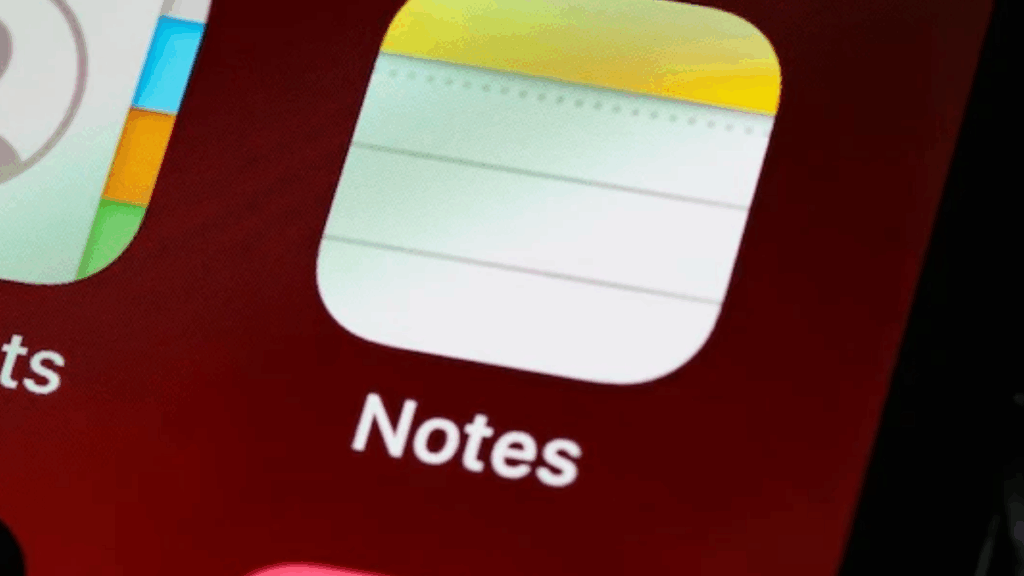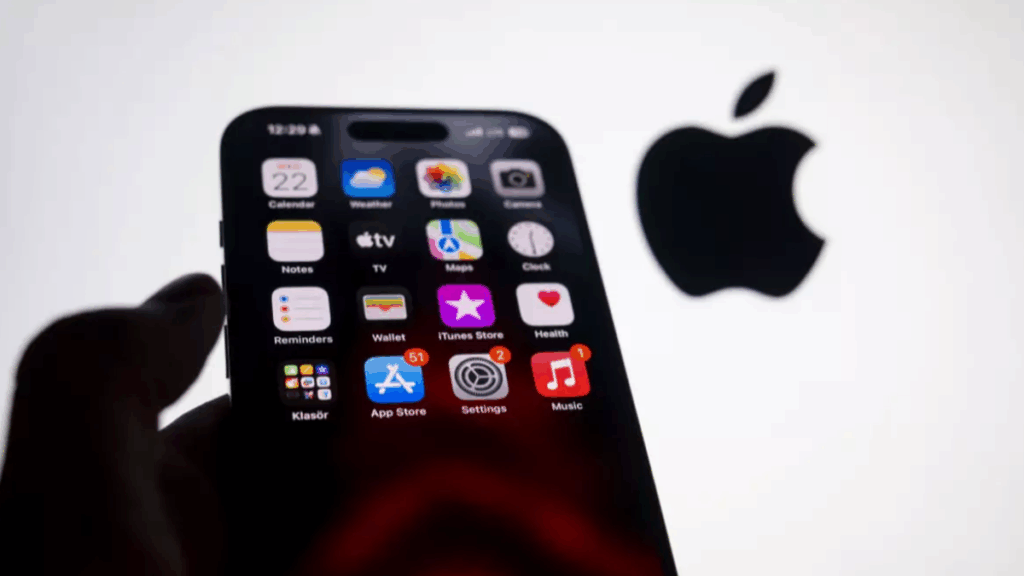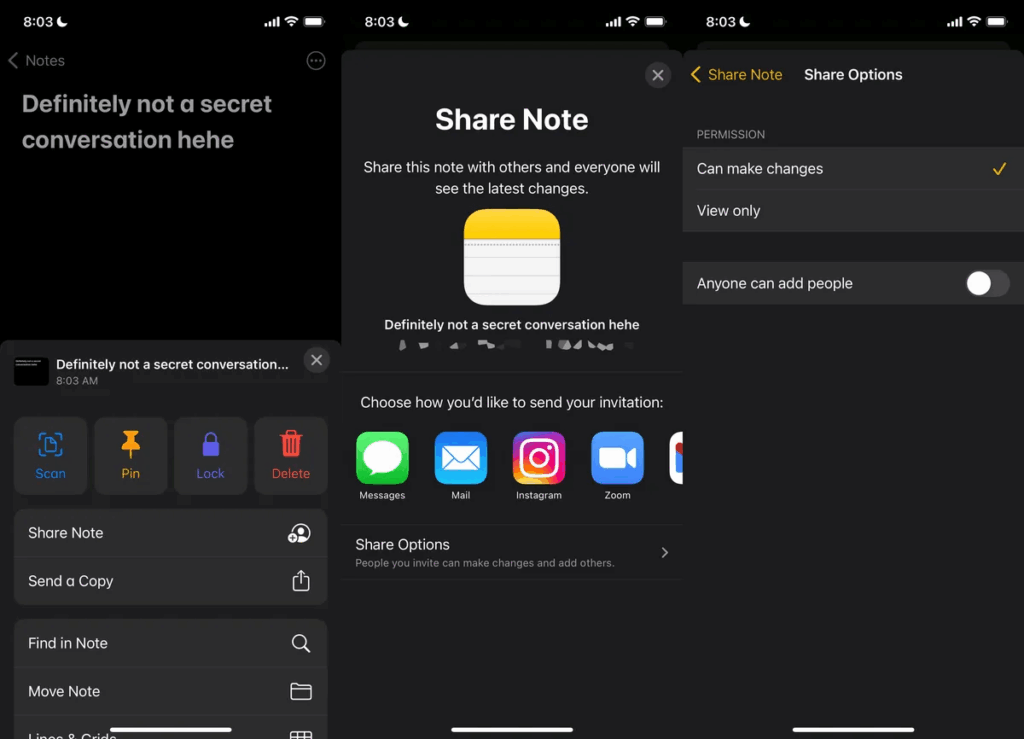Your iPhone’s Notes app might seem like the most innocent place on your device a digital notepad for grocery lists, meeting reminders, and random thoughts. But recent social media buzz reveals that this humble app has been hiding a secret messaging feature that’s changing how people communicate privately.

The discovery has sparked conversations across platforms like TikTok and Instagram, with users sharing tutorials and warnings about this lesser-known capability. Some celebrate it as a clever workaround for private conversations, while others raise concerns about its potential misuse in relationships.
So what exactly is this hidden feature, and why is everyone talking about it? Let’s explore how the Notes app’s collaboration tool works, why it’s gaining attention, and what this means for digital privacy.
How the iPhone Notes Collaboration Feature Works
The iPhone Notes app includes a collaboration feature that transforms any note into a shared workspace. Originally designed for legitimate purposes like group brainstorming, shared grocery lists, or collaborative project planning, this tool operates much like Google Docs but with some key differences that make it particularly appealing for private communication.
Setting Up a Collaborative Note
Creating a shared note takes just a few steps:
- Open the Notes app and create a new note
- Type a brief message to save the note
- Tap the share button in the top-right corner
- Select the “Collaborate” option
- Choose a contact to invite as a collaborator
- Send the invitation through iMessage
Once your contact accepts the invitation, both parties can edit the note simultaneously. Messages appear in real-time without requiring a “send” button you simply type, and your words instantly appear on the other person’s screen.
Key Features That Set It Apart
The collaborative Notes feature offers several characteristics that distinguish it from traditional messaging apps:
Real-time synchronization: Changes appear instantly on both devices as you type, creating a live conversation experience.
No notification alerts: Unlike text messages or other chat apps, collaborative notes don’t generate push notifications that might draw attention.
Instant deletion: Either party can delete content immediately, and it disappears from both devices without leaving a trace.
Stealth appearance: To observers, it looks like you’re simply taking notes rather than having a conversation.
Complete removal: The note owner can revoke access or delete the entire note, removing all evidence from the collaborator’s device.
Why This Feature Is Gaining Attention
The Notes app collaboration feature has captured public interest for several reasons, ranging from practical applications to more controversial uses.
Legitimate Use Cases
Many users appreciate this feature for perfectly valid reasons:
Planning surprises: Coordinating surprise parties or gifts without using obvious messaging apps that partners might notice.
Professional discretion: Having confidential work conversations without creating obvious message trails.
Family coordination: Parents organizing activities or discussions away from children’s curious eyes.
Privacy preferences: Some people simply prefer this method for personal conversations, valuing the clean, distraction-free interface.
The Controversy Factor
However, the feature has gained notoriety for less wholesome applications. Private investigators and relationship experts have highlighted how some individuals use this tool for secret communications, including extramarital affairs.
Licensed private investigator Cassie Crofts explained the appeal in a viral social media post: “A suspicious partner is probably going to check your text messages, maybe even hop on Messenger, but are they going to remember to go and check the Notes app?”
This observation has resonated with many users who share stories of discovering hidden conversations through collaborative notes, often found accidentally when the Notes app was left open on shared devices.

The Psychology Behind the Appeal
Understanding why this feature attracts users requires examining the psychology of digital communication and privacy.
The Invisibility Factor
The Notes app benefits from what security experts call “security through obscurity.” Because it appears mundane and functional, it rarely triggers suspicion. Most people associate the Notes app with innocent activities like shopping lists or work reminders, not secret conversations.
Reduced Digital Footprint
Unlike messaging apps that maintain conversation histories, read receipts, and delivery confirmations, collaborative notes can be completely erased. This appeals to users who want to minimize their digital footprint for various reasons.
The Thrill of Hidden Communication
For some users, the secretive nature of this communication method adds an element of excitement. The need to be clever and discreet can make conversations feel more intimate or significant than they might through conventional channels.
Privacy and Security Considerations
While the Notes collaboration feature offers certain privacy advantages, it’s important to understand both its strengths and limitations.
What It Protects Against
Casual observation: The feature effectively hides conversations from people who might glance at your phone or browse through your messages.
Standard message searches: Partners or others checking your typical messaging apps won’t find these conversations.
Notification interruptions: The lack of alerts means conversations won’t be interrupted by obvious incoming message notifications.
What It Doesn’t Protect Against
Determined investigation: Anyone with access to your device can still discover collaborative notes, especially if they know what to look for.
iCloud synchronization: Like all Notes data, collaborative conversations sync across your Apple devices and to iCloud, potentially leaving traces in unexpected places.
Technical forensics: Digital investigators with proper tools can often recover deleted data, including removed notes.
Account sharing: If you share an Apple ID with family members, collaborative notes might appear on their devices as well.
Recognizing Collaborative Notes Usage
For those concerned about potential misuse, there are several ways to identify when someone is using the Notes app for secret communication.

Visual Indicators
Collaboration icons: Shared notes display a small person icon next to the title, indicating collaboration is active.
Recent activity: The Notes app shows when notes were last modified, which might reveal unusual patterns of activity.
Folder organization: Users often create specific folders to organize collaborative notes, which might seem suspicious if they contain numerous shared documents.
Behavioral Signs
Increased Notes usage: Someone who previously rarely used the Notes app suddenly spending significant time in it might indicate new usage patterns.
Protective behavior: Becoming defensive or secretive about phone usage, particularly around the Notes app.
Timing patterns: Using the Notes app frequently during specific times or in certain locations might suggest scheduled communication.
Ethical Implications and Relationship Impact
The use of iPhone Notes for secret communication raises important questions about digital ethics, trust, and relationship boundaries.
Trust and Transparency
Relationship experts emphasize that healthy partnerships depend on open communication and mutual trust. Using hidden communication methods, regardless of the platform, can damage these foundations even when the conversations themselves might be relatively innocent.
The Technology Neutrality Principle
It’s worth noting that the Notes collaboration feature isn’t inherently problematic like any communication tool, its ethical implications depend entirely on how it’s used. The same feature that enables secret affairs can also help plan surprise birthdays or coordinate confidential work projects.
Digital Literacy and Awareness
This situation highlights the importance of digital literacy in modern relationships. Partners who understand technology better can identify potential issues, but they should also recognize that surveillance and control aren’t healthy relationship strategies.
Protecting Your Digital Privacy Responsibly
Whether you’re interested in using collaborative notes for legitimate privacy needs or want to protect yourself from potential misuse, several strategies can help.
For Legitimate Privacy Needs
Communicate boundaries: If you need private digital spaces for legitimate reasons, discuss this openly with your partner rather than operating in secret.
Use appropriate tools: Consider whether collaborative notes are the right choice for your needs, or if other privacy-focused communication apps might be more suitable.
Regular cleanup: Periodically review and delete old collaborative notes to minimize your digital footprint.
For Relationship Protection
Open dialogue: Address concerns about digital privacy and communication boundaries directly with your partner.
Mutual respect: Establish agreements about digital privacy that respect both partners’ needs and comfort levels.
Professional help: If trust issues around digital communication become problematic, consider couples counseling to address underlying concerns.

The Broader Implications for Digital Communication
The iPhone Notes collaboration feature controversy reflects larger trends in how we communicate and maintain privacy in the digital age.
The Evolution of Secret Communication
Throughout history, people have found creative ways to communicate privately when needed. From coded letters to hidden meeting places, the desire for discrete communication isn’t new, but the tools have evolved with time. Today, digital platforms offer an array of options for sending private messages. However, with these advancements come new vulnerabilities. Tools like the iPhone Notes collaboration feature show how innovative solutions can be repurposed for unanticipated uses, including concealing actions from others. This raises important questions about the responsibilities of tech companies in designing privacy-centric tools and how individuals use them.
Balancing Privacy and Transparency in Relationships
The controversy also highlights the ongoing tension between privacy and transparency in personal relationships. While everyone deserves a degree of privacy, excessive secrecy can erode trust. Couples should strive to establish healthy boundaries and clear communication to ensure that digital tools are not misused in ways that undermine their connection. Open conversations about expectations and concerns regarding technology use can foster trust, even in a tech-driven world.
The Future of Digital Communication Tools
As technology becomes more integrated into our lives, the debate over privacy, ethics, and the implications of digital communication tools will continue to grow. Developers have a critical role in creating features that are both innovative and safeguarded against misuse. By prioritizing security and promoting ethical use, tech creators can contribute to healthier digital interactions. Meanwhile, users must also approach these tools with an understanding of their potential for both positive and negative impacts.
Ultimately, how we choose to use digital communication platforms reveals much about our values and priorities, both as individuals and as a society. The challenge will be to use these tools responsibly while navigating the complex relationship between technology and human connection.
FAQs
1. What are some examples of digital communication platforms?
Digital communication platforms include services like email, social media platforms (e.g., Facebook, Instagram, Twitter), messaging apps (e.g., WhatsApp, Slack, Microsoft Teams), and video conferencing tools (e.g., Zoom, Google Meet).
2. How can users ensure ethical usage of tech tools?
Users can ensure ethical usage by being mindful of their digital interactions, avoiding the spread of misinformation, respecting privacy, and promoting positive, inclusive communication online.
3. What are the potential negative impacts of digital communication platforms?
Potential negative impacts include misinformation, cyberbullying, reduced face-to-face interactions, and over-reliance on technology, which can affect mental health and relationships.
4. How do digital platforms shape societal values?
Digital platforms influence societal values by shaping communication habits, amplifying diverse voices, and fostering a culture of immediacy. However, they also challenge traditional norms regarding privacy, accountability, and interpersonal relationships.
5. What can tech creators do to support healthier digital interactions?
Tech creators can prioritize user well-being by designing platforms that minimize addictive features, enhance privacy protections, and promote respectful communication spaces.
For More Information Click HERE



